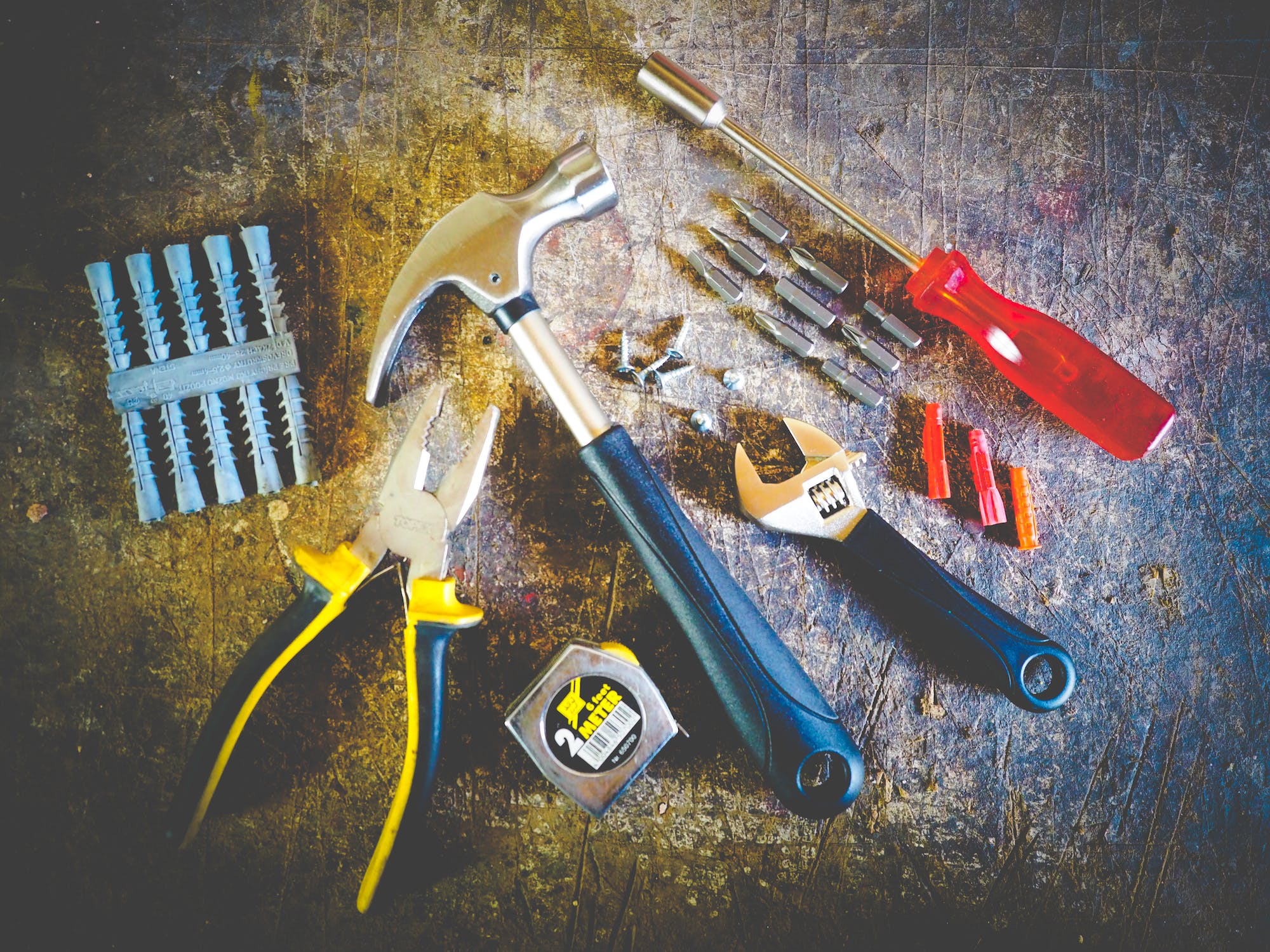
18 Jun GEARING UP: WHAT WILL THE FUTURE OF HARDWARE AND TOOLS HOLD?
Why is the future of hardware and tools such an interesting topic to discuss? For one, the field is well-known for providing a wide range of products for various applications, from construction and manufacturing to home improvement and DIY projects. Noting this, as we look towards the future, the industry nonetheless needs to evolve. To stay relevant and thrive in a changing landscape, hardware and tools manufacturers must adapt and embrace innovative solutions that cater to modern users’ needs, as we’ll discuss more in-depth below.
Case in point: Technology is already giving the field a makeover. In coming years, we can bank on greater adoption of advanced technologies like the Internet of Things (IoT), artificial intelligence (AI), and robotics to play a significant role in remaking the industry.
For instance, IoT-enabled tools and equipment can provide users with real-time data on performance, wear, and maintenance requirements, allowing for more efficient and proactive management of assets. On top of this, smart technology can enable remote monitoring and control of equipment, reducing the need for on-site supervision and minimizing downtime.
Note that AI and machine learning can also contribute to the industry’s evolution by optimizing production processes, improving quality control, and enhancing predictive maintenance capabilities. Furthermore, AI-driven tools can assist users in making more informed decisions, based on data-driven insights and recommendations.
Robotics and automation will also continue to transform the industry, with the potential to increase productivity, reduce labor costs, and improve safety. Smart systems can perform tasks that are repetitive, hazardous, or require high precision, freeing up human workers to focus on more complex and value-added tasks.
As concerns about climate change and environmental degradation continue to grow though, the hardware and tools industry must prioritize sustainability and eco-friendly solutions as well. In effect, we’re talking about adopting circular economy principles, which focus on reducing waste, promoting recycling and reuse, and minimizing the use of non-renewable resources.
Manufacturers can also explore the use of alternative materials, such as biodegradable plastics, recycled metals, and sustainably-sourced wood, to minimize their environmental impact. In addition to materials, manufacturers should also invest in energy-efficient production processes and transportation methods to reduce their carbon footprint.
Consumer preferences are additionally shifting towards sustainable and eco-friendly products, and businesses that fail to adapt risk losing market share. By embracing sustainability, manufacturers can not only meet consumer demands but also contribute to a healthier planet.
Mind you, the future of hardware and tools will also be characterized by increased innovation and versatility, as consumers seek products that can perform multiple tasks and adapt to various applications. This trend is driven by the growing popularity of DIY projects and the desire for compact, easy-to-use tools that can tackle a wide range of tasks.
Manufacturers can focus on developing innovative and multifunctional tools that cater to this demand, providing users with versatile, space-saving solutions. These products can not only enhance user experiences but also reduce the need for multiple tools, contributing to a more sustainable and resource-efficient future.



